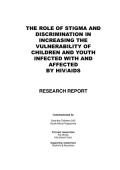Publications on Young Key Populations
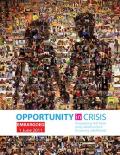
Resource | Publications,
The past decade has held high hopes for reducing the rate of new HIV infections among young people. In 2000, world leaders adopted the Millennium Declaration, affirming their collective responsibility to ensure equitable development for all people, especially children and the most vulnerable, in the 21st century.
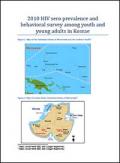
Resource | Publications,
In 2009/2010, an STI biological and behavioral survey among youth and young adults in Kosrae, in the Federated States of Micronesia was conducted. Its aims were to assess the prevalence of key STIs among adults in Kosrae as well as evaluate certain knowledge and risk behaviours in order to better identify how to deliver targeted interventions aiming to reduce risk of HIV and STI infections. 361 participants aged between 15 and 49 were recruited from Kosrae.
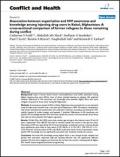
Resource | Publications,
Little is known about human immunodeficiency virus (HIV) awareness among Afghan injecting drug users (IDUs), many of whom initiated injecting as refugees. We explored whether differences in HIV awareness and knowledge exist between Afghan IDUs who were refugees compared to those never having left Afghanistan.
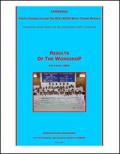
Resource | Publications,
Although the AIDS epidemic is now well established into the general population, commercials sex workers and drugs users represent potential groups that can transmit the virus to their clients/partners. Prevention efforts targeting young people should therefore be reinforced and continued. That is the reason why UNICEF, together with UNESCO is supporting the Ministry of Education, Youth and Sports for the conduction of a Youth Risk Behaviour Survey carried out on a national scale. The survey will provide key information on risk behaviour taken by young people and will make a new baseline about Cambodian youth.
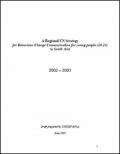
Resource | Publications,
The Regional Strategy has an objective of reducing HIV and other sexually transmitted infections among young people aged 10-24, and to increase access to care and support services for those affected by the epidemic by 2003 in Bangladesh, India, Nepal, Pakistan and Sri Lanka.






